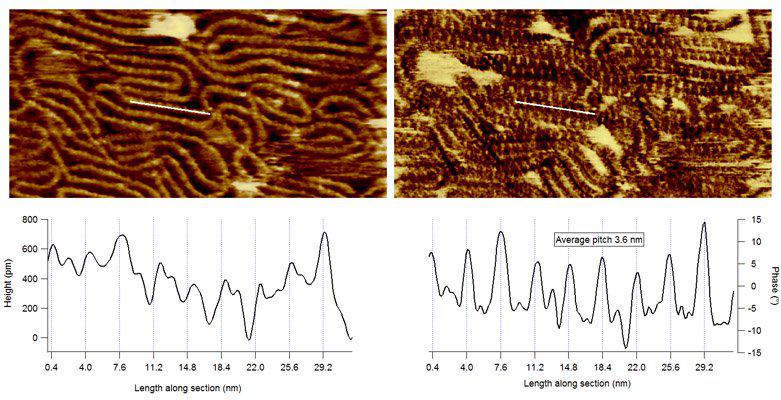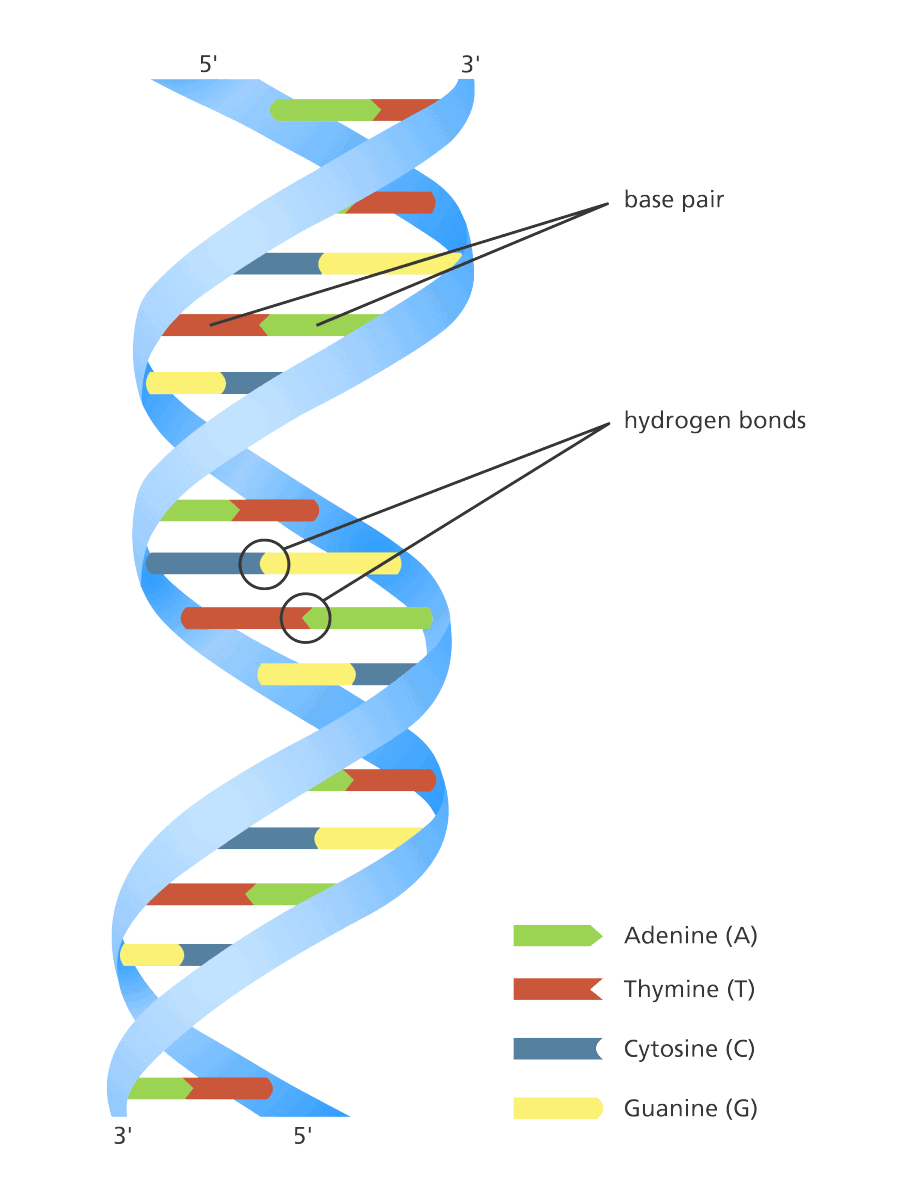
We will use color to indicate each one: red, yellow, blue and green. There are only four different bases or code chemicals in DNA.These rectangles represent the bases or code chemicals of your DNA. Divide each strip with a pencil line so it consists of two rectangles that are two centimeters by one centimeter each. Cut 40 strips out of paper, four centimeters by one centimeter each.Rope or thick string about one meter long (optional).Tape, about two centimeters wide and 1.5 meters long (such as painter's tape).As A and T always pair up and C and G also always go together, one strand is enough to re-create the molecule. If the pairs let go of each other, each backbone with its sequence of four chemicals can be the bases of a new DNA molecule. DNA's ingenious structure allows for easy replication: Each strand of the double helix contains all the information needed to create a new DNA molecule. When organisms grow, their cells divide and in almost all cases each cell receives a duplicate of the DNA molecule. In this very specific way the two complementary strands link together to form DNA: a long molecule that looks a little like a rope ladder-only about 200,000,000 times smaller! Give the “ladder” a clockwise twist, and you can see why DNA is also called the “double helix.” In DNA these four chemicals always link together the same way to form pairs: A pairs with T C pairs with G.

The sequence or order of these chemicals contains the data to develop, maintain and grow the organism. It has two complementary strands, each with a long sugar–phosphate backbone to which the four chemicals attach. The DNA molecule encodes all information using four chemical bases: cytosine (C), guanine (G), adenine (A) and thymine (T). Although the blueprints differ across life-forms-after all, plants, fungi and animals are very different organisms-the way it is encoded in DNA is identical. This molecule is called DNA: deoxyribonucleic acid.

Plants, fungi and animals might seem very different from one another but they are all made up of tiny building blocks called cells, and-with very few exceptions-each of these cells has in its center a molecule containing the organism’s blueprint. Although each human has a unique DNA sequence, the DNA in all of us is about 99.9 percent identical! In this activity you will make a model for a short section of DNA-enough to get a sense of what it is like and how it encodes life.

Unlike various recipes, however, very different organisms’ DNA such as in a fungus, plant or animal all look very similar. Ever wondered how DNA, the genetic blueprint of a life-form, can encode and pass on the information on how to grow and maintain that life-form? Just like a cookbook contains a recipe for a dish, DNA stores the recipe for the life of an organism.


 0 kommentar(er)
0 kommentar(er)
